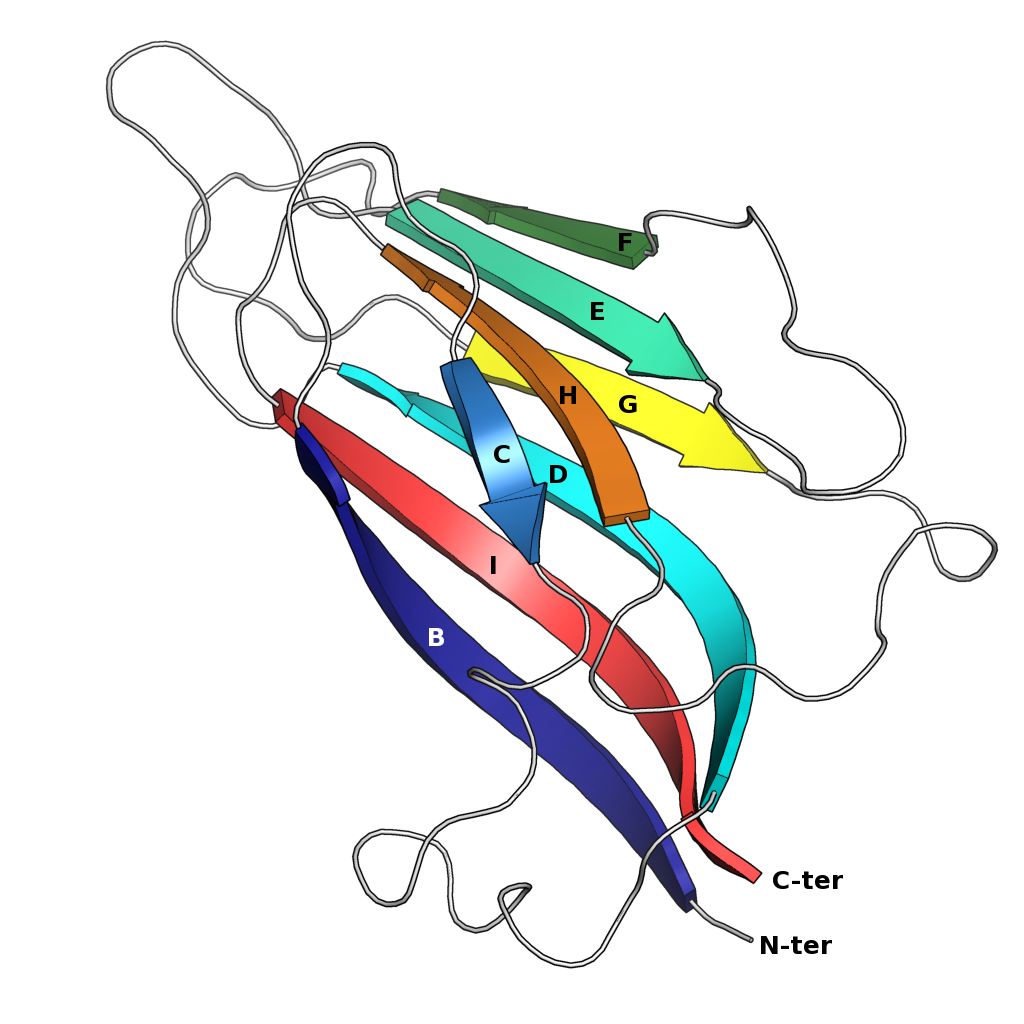|
Bacilladnaviridae
''Bacilladnaviridae'' is a family of single-stranded DNA viruses that primarily infect diatoms. Characteristics The genome of these viruses appears to be unique. It consists of a single molecule of covalently closed circular single stranded DNA of 4.5–6 kilobases as well as a segment of linear ssDNA of ~1 kilobase. The linear segment is complementary to a portion of the closed circle creating a partially double stranded region. There are at least three major open reading frames in the genome. Similar to other eukaryotic ssDNA viruses, bacilladnaviruses are likely to replicate their genomes by the rolling-circle mechanism, initiated by the virus-encoded endonuclease (Rep). However, the latter protein of bacilladnaviruses displays unique conserved motifs and in phylogenetic trees forms a monophyletic clade separated from other groups of ssDNA viruses. The capsid protein of bacilladnaviruses has the jelly-roll fold The jelly roll or Swiss roll fold is a protein fold or superseco ... [...More Info...] [...Related Items...] OR: [Wikipedia] [Google] [Baidu] |
Diatom
A diatom (Neo-Latin ''diatoma''), "a cutting through, a severance", from el, διάτομος, diátomos, "cut in half, divided equally" from el, διατέμνω, diatémno, "to cut in twain". is any member of a large group comprising several genera of algae, specifically microalgae, found in the oceans, waterways and soils of the world. Living diatoms make up a significant portion of the Earth's biomass: they generate about 20 to 50 percent of the oxygen produced on the planet each year, take in over 6.7 billion metric tons of silicon each year from the waters in which they live, and constitute nearly half of the organic material found in the oceans. The shells of dead diatoms can reach as much as a half-mile (800 m) deep on the ocean floor, and the entire Amazon basin is fertilized annually by 27 million tons of diatom shell dust transported by transatlantic winds from the African Sahara, much of it from the Bodélé Depression, which was once made up of a system of ... [...More Info...] [...Related Items...] OR: [Wikipedia] [Google] [Baidu] |
Jelly-roll Fold
The jelly roll or Swiss roll fold is a protein fold or supersecondary structure composed of eight beta strands arranged in two four-stranded sheets. The name of the structure was introduced by Jane S. Richardson in 1981, reflecting its resemblance to the jelly or Swiss roll cake. The fold is an elaboration on the Greek key motif and is sometimes considered a form of beta barrel. It is very common in viral proteins, particularly viral capsid proteins. Taken together, the jelly roll and Greek key structures comprise around 30% of the all-beta proteins annotated in the Structural Classification of Proteins (SCOP) database. Structure The basic jelly roll structure consists of eight beta strands arranged in two four-stranded antiparallel beta sheets which pack together across a hydrophobic interface here citation... uniprot The strands are traditionally labeled B through I for the historical reason that the first solved structure, of a jelly roll capsid protein from the tomato ... [...More Info...] [...Related Items...] OR: [Wikipedia] [Google] [Baidu] |
Nodaviridae
''Nodaviridae'' is a family of nonenveloped positive-strand RNA viruses. Vertebrates and invertebrates serve as natural hosts. Diseases associated with this family include: viral encephalopathy and retinopathy in fish. There are nine species in the family, assigned to two genera. History The name of the family is derived from the Japanese village of Nodamura, Iwate Prefecture where Nodamura virus was first isolated from ''Culex tritaeniorhynchus'' mosquitoes. Virology Structure The virus is not enveloped and has an icosahedral capsid (triangulation number = 3) ranging from 29 to 35 nm in diameter. The capsid is constructed of 32 capsomers. Genome The genome is linear, positive sense, bipartite (composed of two segments – RNA1 and RNA2) single stranded RNA consisting of 4500 nucleotides with a 5’ terminal methylated cap and a non-polyadenylated 3’ terminal. RNA1, which is ~3.1 kilobases in length, encodes a protein that has multiple functional domains: a mitoch ... [...More Info...] [...Related Items...] OR: [Wikipedia] [Google] [Baidu] |
CC-BY Icon
A Creative Commons (CC) license is one of several public copyright licenses that enable the free distribution of an otherwise copyrighted "work".A "work" is any creative material made by a person. A painting, a graphic, a book, a song/lyrics to a song, or a photograph of almost anything are all examples of "works". A CC license is used when an author wants to give other people the right to share, use, and build upon a work that the author has created. CC provides an author flexibility (for example, they might choose to allow only non-commercial uses of a given work) and protects the people who use or redistribute an author's work from concerns of copyright infringement as long as they abide by the conditions that are specified in the license by which the author distributes the work. There are several types of Creative Commons licenses. Each license differs by several combinations that condition the terms of distribution. They were initially released on December 16, 2002, by ... [...More Info...] [...Related Items...] OR: [Wikipedia] [Google] [Baidu] |


